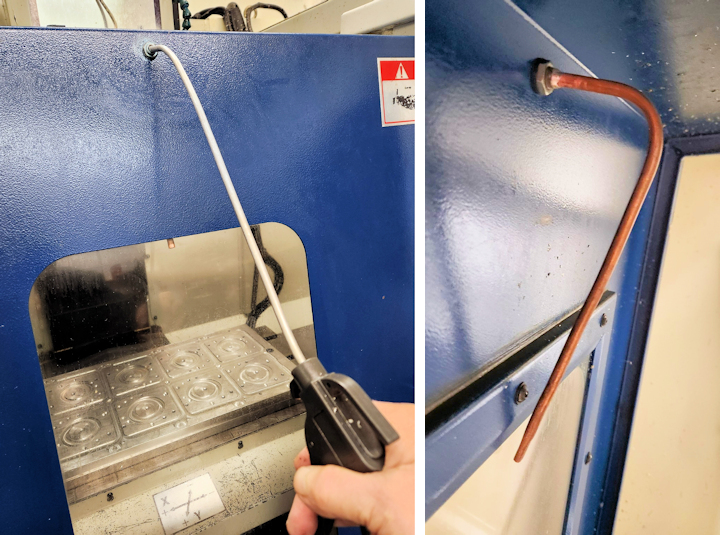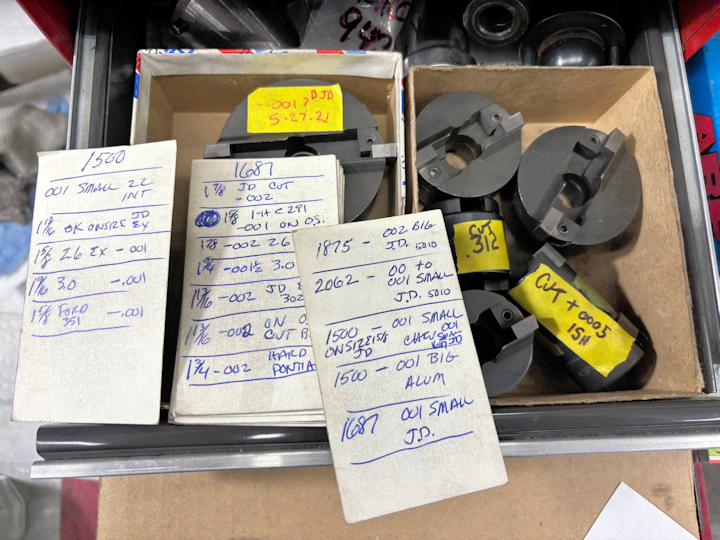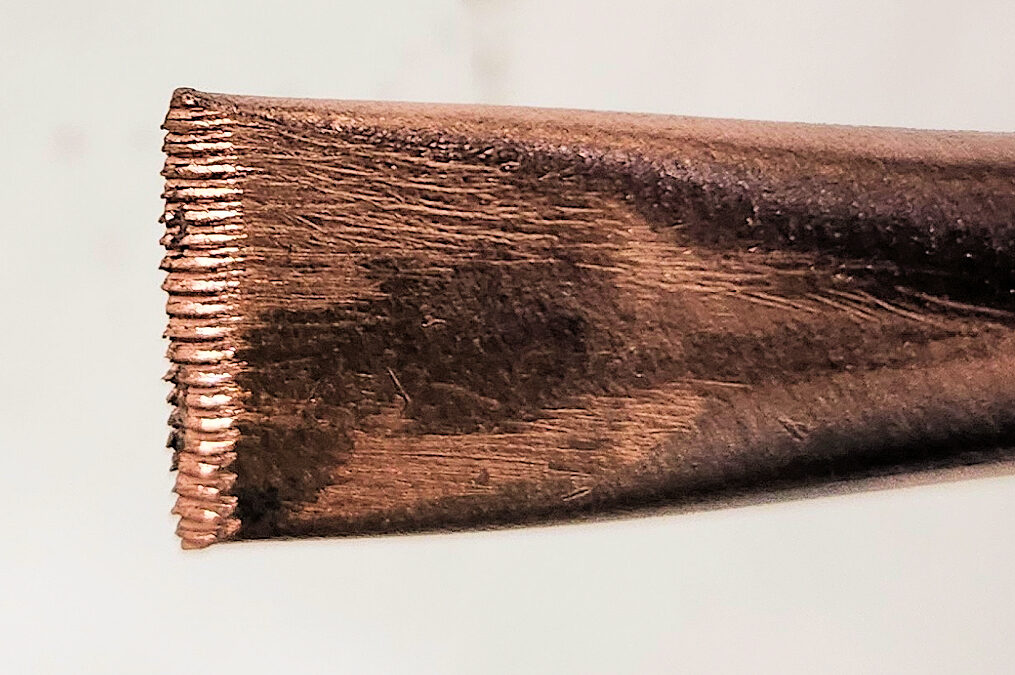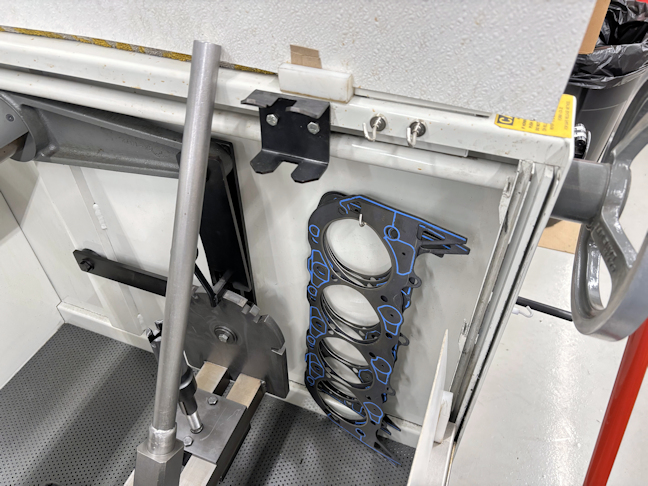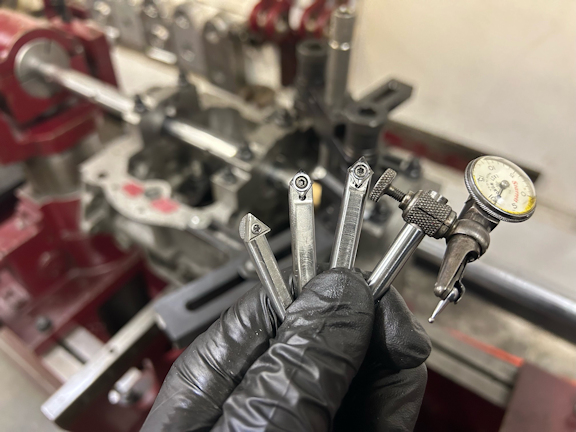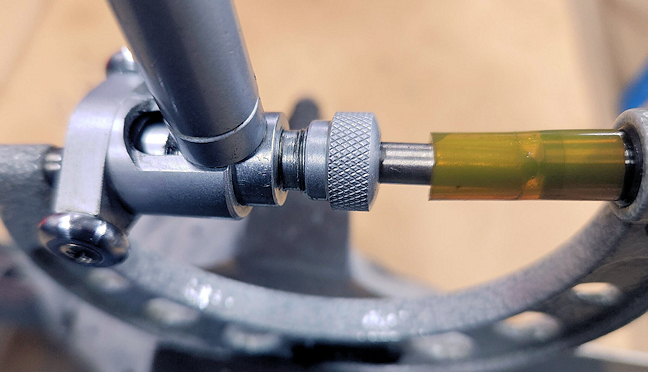Often, you cannot see through your CNC mill's cabinet window because coolant is splashing on the inside of the window. Rather than create a mess by opening the door to take a peek, install this simple window air blast tube. Your parts list will include a 12" piece of...
